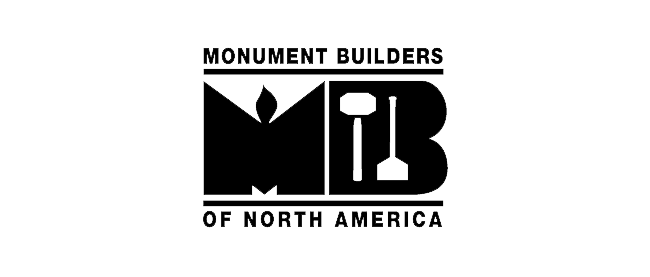Death & Dying Throughout Different Cultures

Within our cultures, we have very specific ways of honoring those we’ve lost. Obviously, for us that involves creating a stunning monument to pay tribute to their lives. Here on Long Island, we create gorgeous memorials, add new lettering, hold funeral services, etc. But throughout the world, many cultures have very different (and equally specific) ways to say farewell to friends and family.
In this post, we’ll explore the culture of death and dying throughout several different cultures by region. Essentially, we’ll explore their most prominent traditions, viewpoints, and practices. Keep reading to find out more!
1. Korea
These days, in Korea, cremation is becoming more and more popular. Lately, there is a nationwide trend of turning a loved one’s ashes into colorful, decorative beads. It’s a very unique way to memorialize loved ones. Basically, they’re not meant to be worn as jewelry. However, if you were to visit a Korean home and see these beads on display, they’re most likely the ashes of a beloved family member.
2. China
In China, white is the universal color of mourning. Obviously, this is the complete opposite of our mourning color in the United States. Additionally, in China, black is an unlucky color. Unlike us, they refuse to wear it to funerals. Essentially, this is why giving white flowers to a Chinese person is inappropriate.
Funeral services vary according to the status, age and religion of the deceased. In China, Buddhism is a very popular religion, and the official mourning period may last up to 100 days. Basically, these rituals are incredibly intricate. Sometimes, they can even involve hiring professional wailers. This is because of the collective belief that China’s young no longer know how to properly show emotion. These professional grievers learn about the life of the departed and then express grief during the service.
3. Japan
The grieving and mourning practices in Japan are essentially the opposite of everything most western cultures promote. In Japan, death is considered the ultimate liberation. Additionally, they believe that the acceptance of the death is more important than the expression of grief and loss.
Those attending the wake or funeral bring money to the service in white envelopes, tied with black ribbon. Usually, the body undergoes cremation. Following the cremation, the family member divide the ashes. During a three-day holiday period in August, the dead are remembered. Obon is a holiday when the spirits of ancestors return to the family home, people clean graves and light fires.
In the Japanese culture, they view life as cyclical and not linear. Additionally, the Japanese believe the dead have powers over the living, such as the ability to bless or curse them.
Conclusion
At St. Charles, we celebrate and respect every culture and religion’s ways to say goodbye to their loved ones. We can help you craft and care for your monument to provide you with an enduring tribute to your friend or family member.
For years, St. Charles has done our part to help grieving Long Islanders. Essentially, we try to help them honor their loved ones and ultimately heal. Following the death of a loved one, choosing the right monument company is critical for any bereaved family. Our monument craftsmanship is, essentially, a way to pay tribute to lost loved ones. Thus, we guide you through every step, from the inscription to choosing a cemetery.





